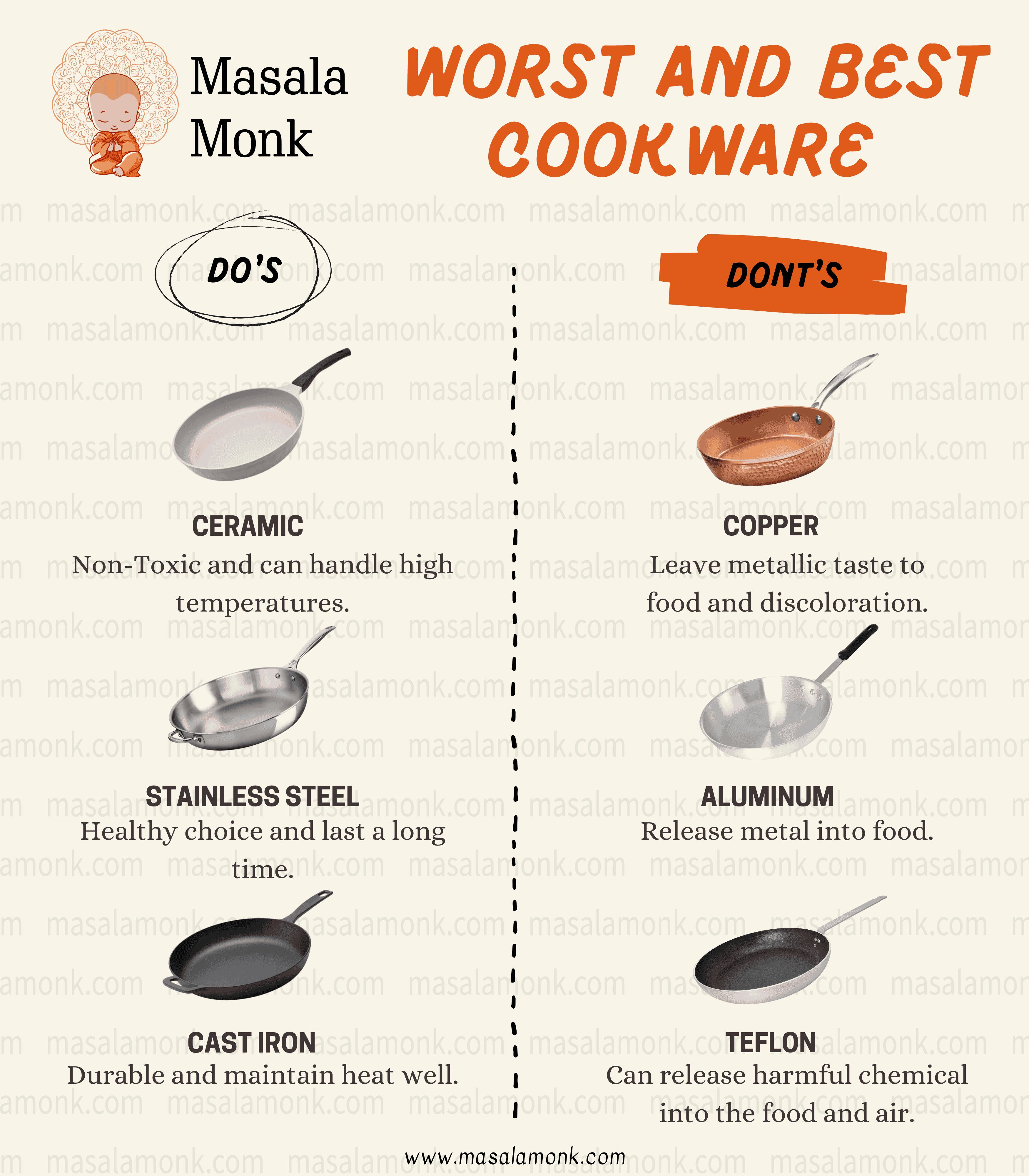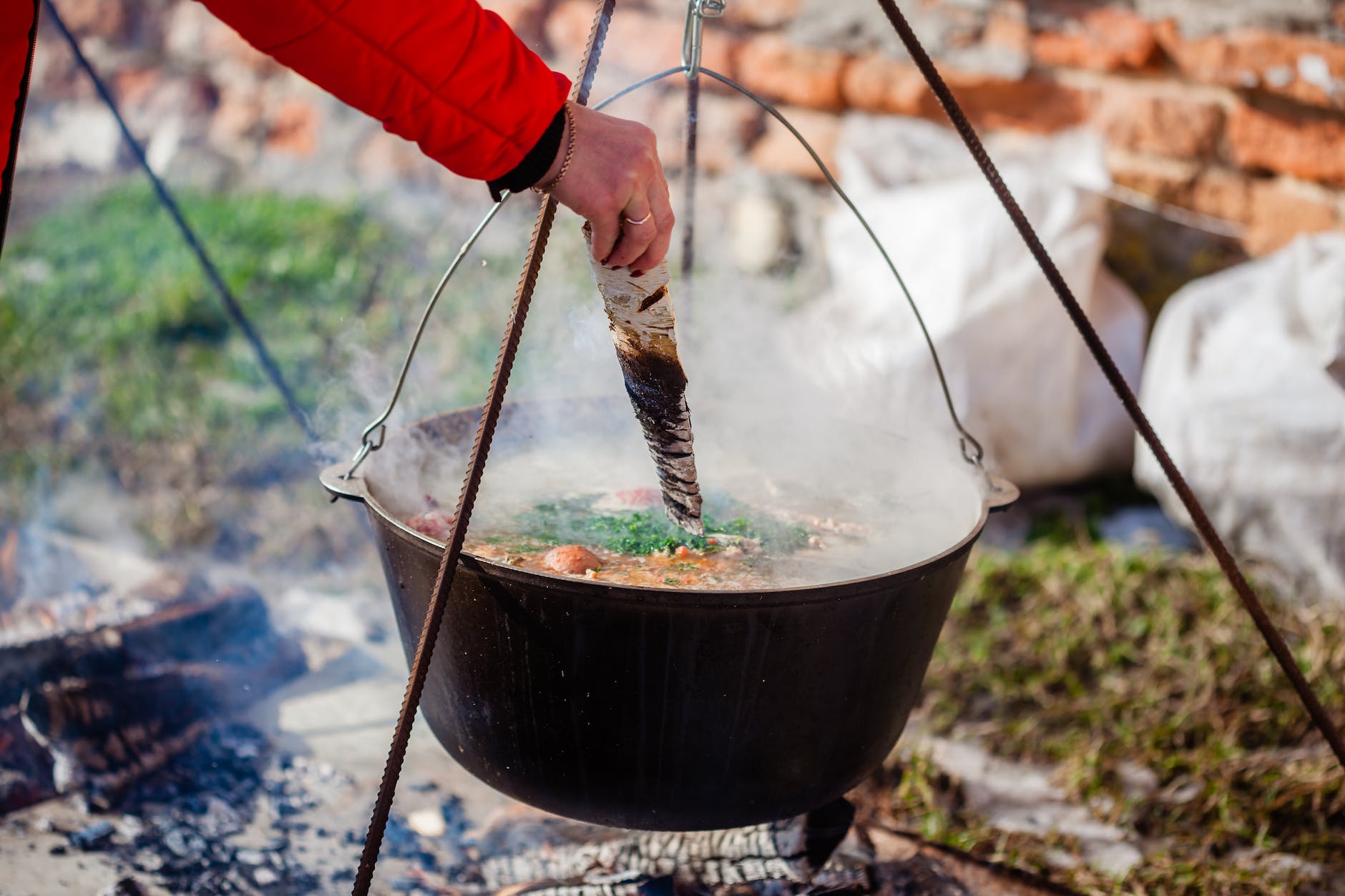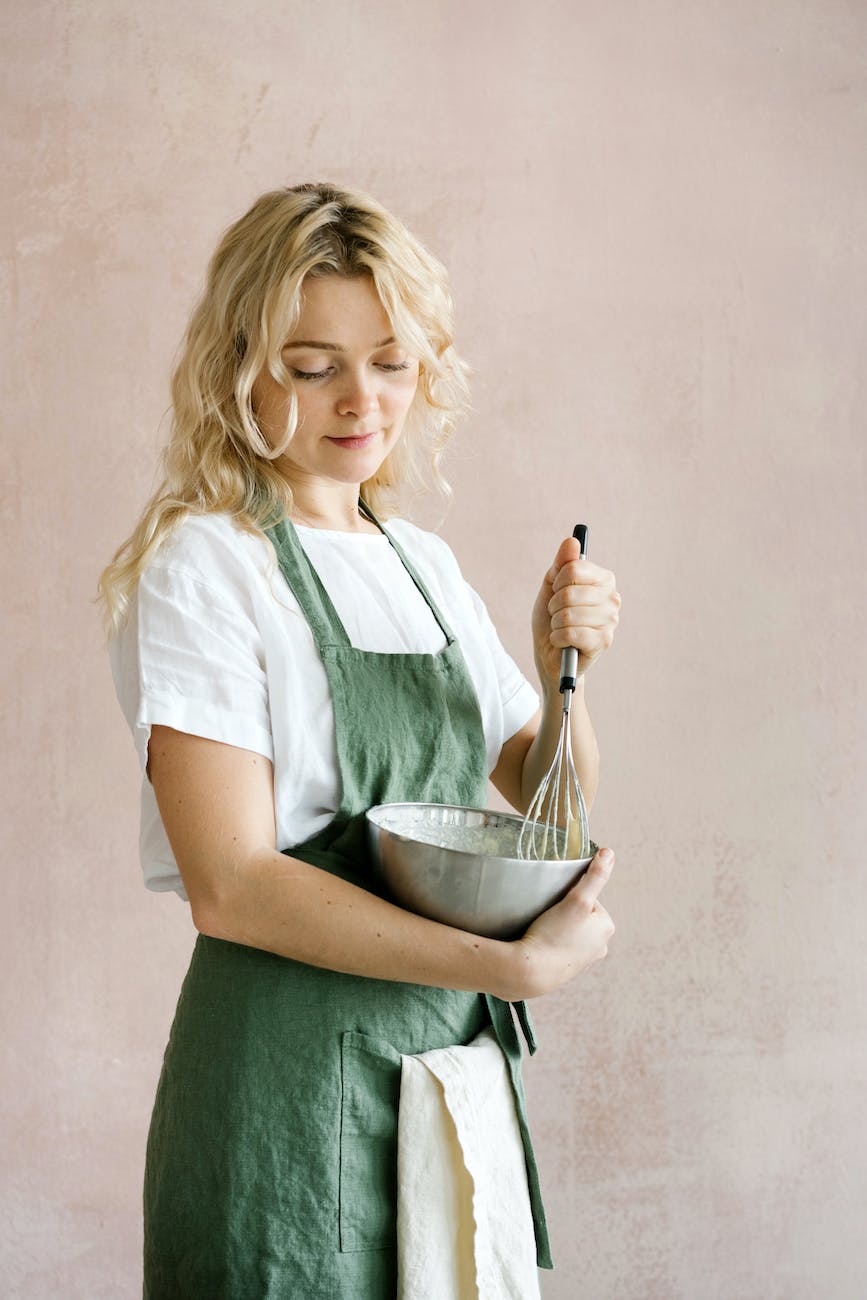
Cooking is an art, but the tools you use can make all the difference—not just in flavor but in your health. With so many cookware options available, it can be overwhelming to decide what’s best for your family. This blog post is dedicated to best and worst cookware available in the market and to help you make informed decisions.
First thing first The Best Cookware Choices
✅ Ceramic Cookware
Why It’s Great?
Ceramic cookware is non-toxic and free from harmful chemicals often found in non-stick coatings. It can handle high temperatures, making it perfect for sautéing, baking, and frying.
Health Benefits:
Since ceramic is inert, it doesn’t leach any substances into your food, ensuring the flavors remain pure and the nutrients intact.
Bonus:
It’s aesthetically pleasing and comes in vibrant colors to brighten up your kitchen.
✅ Stainless Steel Cookware
Why It’s Great:
Stainless steel is durable, resistant to rust, and can last a lifetime if cared for properly. It’s a healthy and reliable option that withstands high temperatures.
Health Benefits:
Stainless steel doesn’t react with acidic foods, preserving the natural taste of your meals. It also retains nutrients better than non-stick alternatives.
Tip:
Opt for high-quality stainless steel (look for 18/10 grade) to avoid low-grade metals that might leach small amounts of nickel or chromium over time.
✅ Cast Iron Cookware
Why It’s Great:
Cast iron is a kitchen classic. It’s incredibly durable and retains heat well, making it ideal for slow-cooked dishes, grilling, and baking.
Health Benefits:
Cooking with cast iron can increase your iron intake, which is beneficial for those with iron deficiencies. Plus, it’s free from synthetic coatings.
Pro Tip:
Season your cast iron regularly to maintain its non-stick surface and prevent rust.
Now lets see Cookware to Avoid
❌ Copper Cookware
Why It’s Risky:
While copper looks stunning and heats quickly, it can leave a metallic taste in food and cause discoloration. Over time, copper can leach into your meals, which may pose health risks.
Alternative:
If you love copper’s quick heating properties, opt for copper-lined cookware with a stainless steel interior.
❌ Aluminum Cookware
Why It’s Risky:
Aluminum cookware is lightweight and affordable but can release metal into food, especially when cooking acidic or salty dishes. Long-term exposure to aluminum has been linked to neurological issues.
Alternative:
Choose anodized aluminum, which is treated to create a non-reactive surface, making it safer for cooking.
❌ Teflon (Non-Stick) Cookware
Why It’s Risky:
Teflon-coated cookware is convenient, but when heated above 500°F (260°C), it can release harmful chemicals into the air and your food. These fumes have been linked to health issues and respiratory problems.
Alternative:
Consider ceramic non-stick or stainless steel for a safer non-stick experience without the health hazards.
By making small but informed choices, you can protect your health while elevating your culinary game. Choose Health Over Convenience. Invest in quality cookware that lasts longer and promotes better health. Avoid non-stick coatings and reactive metals that can leach harmful substances into your food.











